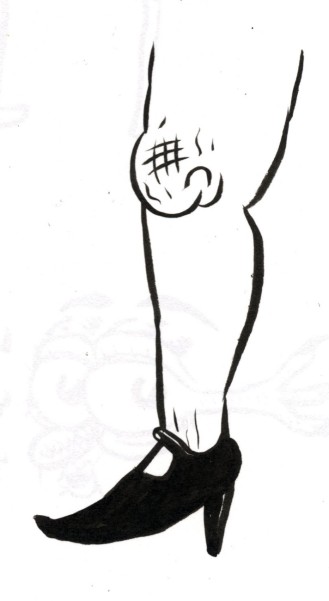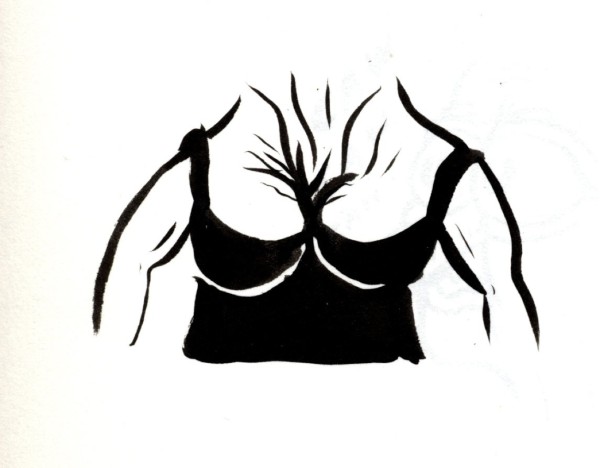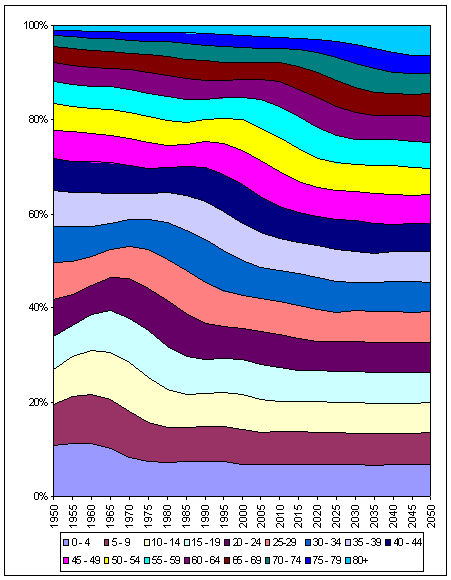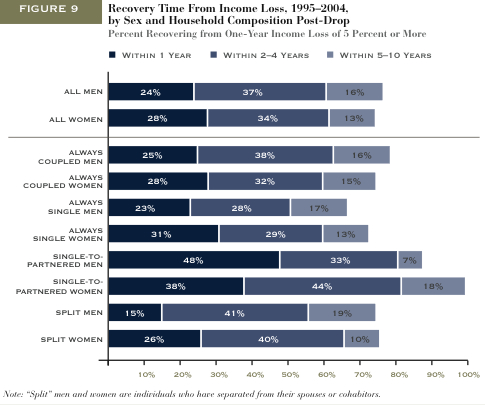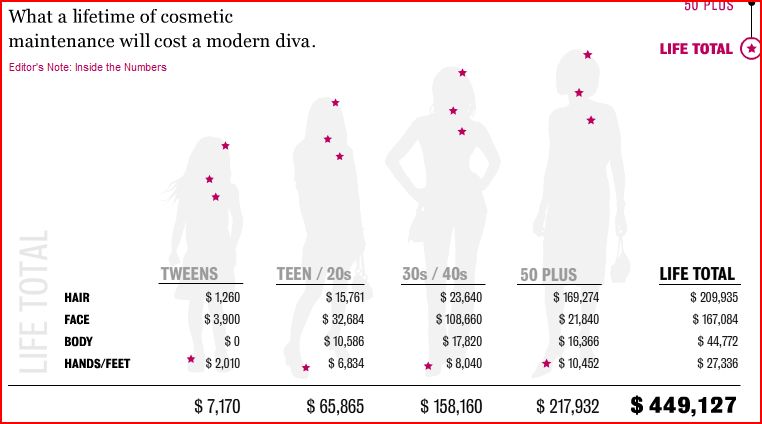I schedule my posts for mid-morning, but I write most of them between midnight and 5am. It’s 3:24am right now.
The New York Times developed an interactive graphic, based on data from the Bureau of Labor Statistics, that allows users to see what proportion of Americans are doing what at any given time of the day.
At about 3:24am, 95% of Americans are sleeping:
The interactive graphic allows you to look at the data by race, gender, parental status, education-level, employment, and age. Below are screen shots of the data for each age group.
People aged 15-24:
People aged 25-64:
People 65 and older:
Click overto play with the data. It’s oddly fascinating.
—————————
Lisa Wade is a professor of sociology at Occidental College. You can follow her on Twitter and Facebook.



